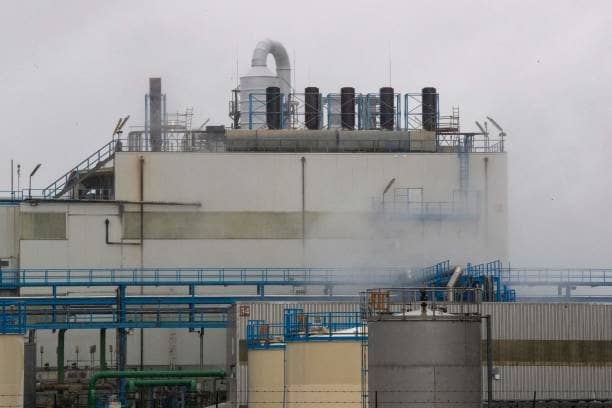As concerns over “forever chemicals” intensify, the global community is turning its attention to detecting, removing, and destroying per and poly-fluoroalkyl substances (PFAS). These persistent chemicals, found in various everyday items, are contaminating drinking water sources, oceans, rain, and even human blood. With links to health issues, including cancers and birth defects, the race is on to find effective solutions for tackling existing PFAS contamination.
Table of Contents
The PFAS Conundrum
PFAS, known as “forever chemicals” due to their resistance to breakdown, pose a significant challenge for removal and destruction. Even banned or restricted PFAS compounds, such as PFOS, PFOA, and PFHxS, linger in the environment, requiring complex and expensive treatment. The task is further complicated by varying concentrations of pollutants and the absence of consistent global standards.
Regulatory Landscape

The UK and EU countries have set guidelines and limits for PFAS concentrations in drinking water, but the absence of wastewater limits poses an additional challenge. With the EU working on a broader ban, existing contamination remains unaddressed, emphasizing the need for comprehensive and consistent regulations globally.
Forever Chemicals – Detection and Monitoring
The detection and monitoring of PFAS compounds present additional hurdles. Lack of standardized testing protocols, untested pollutants, and evolving knowledge about PFAS compounds demand a more coordinated global effort. Discrepancies in approaches and legislation create a complex landscape, urging the need for consistency and collaboration.
PFAS Hotspots in Europe
Contributors to the Forever Pollution Project highlight over 20 manufacturing facilities and 2,100 sites in Europe as potential PFAS hotspots. Recent settlements by chemical companies in the US underscore the financial implications of PFAS contamination. However, the complexity of cleanups requires more than financial resources, emphasizing the need for innovative and effective solutions.
Treatment Technologies
Current treatment technologies depend on factors such as the chain length of PFAS compounds and the desired outcome, whether separation or destruction. Nanofiltration, reverse osmosis, granular activated carbon filtration, and ion exchange resins are among the feasible technologies. However, effective destruction methods, including electrochemical oxidation and supercritical water oxidation, demand tailored solutions.
Emerging Solutions
Researchers are exploring novel techniques to address PFAS contamination. Ultrasound methods, such as sonolysis, show promise in breaking down PFAS compounds into harmless byproducts. Pilot programs and commercial applications for such innovative approaches are essential for scaling up and implementing real-world solutions.
Global Action and Awareness
Calls for global collaboration and action on PFAS contamination are growing. Organizations like the Royal Society of Chemistry in the UK advocate for increased awareness, funding, and legislation. As new directives and proposed bans take shape, the importance of a coordinated effort becomes paramount to effectively address the global PFAS challenge.
The race to eliminate “forever chemicals” from our environment requires a multifaceted approach encompassing detection, monitoring, and innovative treatment technologies. With the health risks associated with PFAS, global collaboration, consistent regulations, and increased awareness are critical elements in unraveling this complex challenge. As the world grapples with the persistence of PFAS, ongoing research, and collective efforts will pave the way for a sustainable and PFAS-free future.